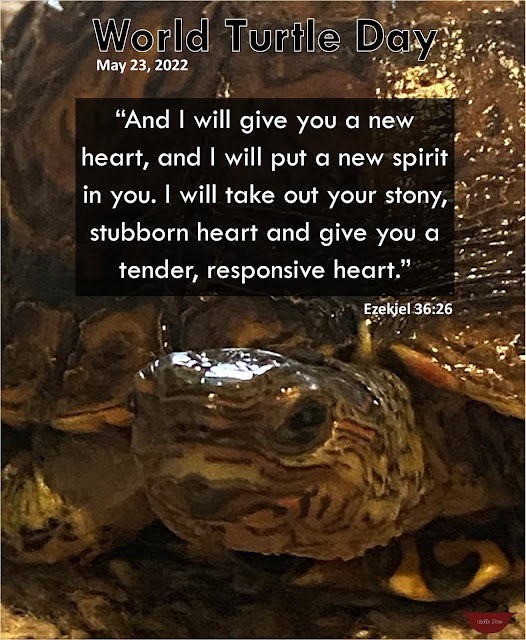Explaining Daylight Saving Time - Tool for Kids
(Updated 5/27/2022)
Mark your calendars, (well, they probably already are) and add a seasonally relevant activity to the lesson books. Note Fall's Official First Day for upcoming years:
- 2022 September 22
- 2023 September 23
- 2024 September 22
- 2025 September 22
- 2026 September 22
To help you in your autumn commencing celebration activities, we've gathered several options for you. We'll start with the one I'm adding to the ranks. It's a paper plate manipulative that will help your learner explain the autumnal equinox.
Follow these six steps. Then stew on some of my ideas for differentiation.
1. Gather (or color/paint) a light blue and dark blue paper plate.
2. Decorate the paper plates to represent day and night. (These particular decorations are included in the download below).
3. Measure to find the center of each plate.
4. Then, cut a straight line from edge to center.
5. Intersect the plates so that the bottom one (night) can rotate on to the top one (day).
6. Label 180° as Autumnal & Vernal Equinox (A&V, F for Fall or E for Equinox) 216° as Summer Solstice (S) and 144° as Winter Solstice (W).
- Equinox means equal parts day and night
- Summer has longer days than nights (which is why we set clocks forward in the spring)
- Winter has longer nights than days (which is why we set clocks back in the fall)
- Mark the dots for learners needing extra assistance.
- Use protractors to incorporate mathematical precision and tool use.
- Calculate the length of day during each equinox and solstice based on degree measurement and proportional reasoning.
DAYLIGHT SAVINGS TIME ACTIVITY DOWNLOAD
Read on for even more autumnal equinox learning activities we've collected for you.
All Ages
- LieBackLookUp invites you to use yourself and a flashlight as manipulatives to learn about the seasons.
- HomeSchoolSuperFreak thoroughly explains a fall equinox and provides links many more activities, videos and book ideas.
K-1
- With GryphonHouse you'll sing a song, make some art and perform an action poem to celebrate fall.
2-3
- MontessoriTraining provides your learners with some hands-on cultural applications of autumnal equinoxes.
- HelpTeaching celebrates fall in many subject areas.
4 +
- DIYHomeschooler defines equinox and provides links to several additional equinox resources and activities.
- YummyMath looks at the equinox through math glasses. Includes data interpretation of line graphs and a formula for calculating the number of daylight hours in any given day.
- With SolarCenter you'll create a solstice and equinox "suntrack" model using paper plates.
At Your Service,
Interested in even more educational resources? Then stop by our Learning Lab. It's here where we store all the educational resources we've cooked up to date.











Comments
Post a Comment
Thank you for adding your flavor to the stew.